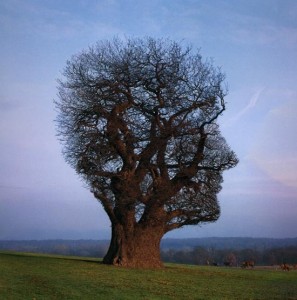 We had our Sunday Introduction to Meditation Class at Yoga Bliss yesterday. We’ve been working with the four foundations of mindfulness: awareness of the body, feeling tone, thoughts, emotions and then all phenomena. We drew our practice inspiration from B. Alan Wallace’s Minding Closely: The Four Applications of Mindfulness. We included two practice periods and a walking meditation.
We had our Sunday Introduction to Meditation Class at Yoga Bliss yesterday. We’ve been working with the four foundations of mindfulness: awareness of the body, feeling tone, thoughts, emotions and then all phenomena. We drew our practice inspiration from B. Alan Wallace’s Minding Closely: The Four Applications of Mindfulness. We included two practice periods and a walking meditation.
We used Alan’s Mindfulness of the Body practice in which we scanned the body’s tactile sensations in three dimensions. We used the in-breath to enhance our awareness of feeling in the area of focus and then moved to a different location with the out breath. Body scanning is a common stress reduction technique. This approach is unique in the way it expanded focus in three dimensions. This novelty helped students enhance and sustain their attention.
While our group included long time and beginning meditators the guidance was accessible and, I believe, beneficial to all. One student shared having a sense of resistance. She described entering a period of invigorating creativity which called her attention. She posed an interesting question about mindfulness practice and creativity: does one inhibit or enhance the other? She referred to the New York Times article: “Breathing in Vs Spacing Out” in which the authors referred to studies that showed how mindfulness practice enhanced attention and working memory and also may have lowered performance on certain test taking abilities. The article also discusses the fruitful ground of “mind wandering” from which insights and creativity spring.
I couldn’t help reflecting on some of the most eloquent thinkers, poets and artists who come from a long standing tradition of meditation. I also believe they spent many hours in contemplation and focusing on work. Our insights spring from mysterious sources. Yet do they have a chance to arise at all without having space and time? Isn’t there a difference between allowing the mind to be distracted or pulled in different directions by the endless stream of media versus allowing the mind to creatively wander in thinking it’s own thoughts? Shunryu Suzuki Roshi taught: “. . . to open your innate nature, and to feel something from bottom of your heart, it is necessary to remain silent . . . ” Suzuki Roshi was a Japanese monk who established the first meditation monastery outside of Asia and authored a primer on meditation called “Zen Mind Beginner’s Mind.”
Many meditation traditions encourage students to maintain an attitude of acceptance and compassion to whatever arises in the mind. I think these qualities are essential. How many wasted hours I have spent in fruitless judgment? There is a subtle difference between judgment and discernment. I value the capacity to discern what is worthy of my creative energy. It enables me to gradually give form to idea and to engage with the world. If meditation can’t help me do that – why do it?
I so appreciate exploring these questions with others. Rather than being a distraction or thinking my own thoughts it encourage me to consider things differently – outside the bounds of personal conditioning. I am looking forward to learning more from you.
